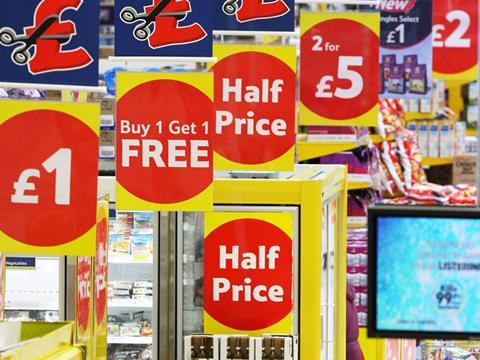
Many UK fmcg companies aspire to sell a lower proportion of their products on promotion.
This is easier said than done. While at total grocery level there is a move towards fewer promotions, there are still many brands and categories struggling to ‘get off the promotional drug’. It is not uncommon to hear of brands or even categories that are selling more than 80% of their volume on deal.
Finance directors yearn for the margin from full-price sales. Marketeers yearn for the days when shopper decisions were not so driven by ‘what is on promotion today’. But salespeople know that promotions are often essential, in order to get from retailers the support and visibility they need.
If you are an fmcg company wrestling with this problem, what can you do? Here are five things to think about.
You could do cold turkey. Sales is for vanity, profit is for sanity. Accept that by reducing promotions, sales will drop and some listings may disappear. At least you will enjoy fatter margins. For many companies, this is unpalatable because of their fixed cost base, but not all.
You can play with pack sizes, to make promotions more profitable. Often referred to as revenue management, this is the idea that drives shrinkflation. You accept that the vast majority of sales in your category will be on deal at, say, £1. So you change serving size and/or number of servings in a multipack, to arrive at a combination that allows you to promote very frequently, with you (and the retailer) still making a decent margin.
You can change something very visible to the shopper, to justify fewer promotions or a higher price point. A recent example are confectionery ‘sharing bags’. Here, shoppers have been ‘trained’ to expect to pay £1 for a bag, via incessant promotions. Mars’s response has been to offer bigger bags, clearly labelled ‘more to share’. These may well still be sold on promotion, but at a higher price (£1.50 or £2).
Or find less expensive, more purposeful ways to promote. For example the free Baileys glass with a bottle of Baileys or the Kellogg’s bowl with cereal. Charity events that retailers support can be opportunities – Comic Relief at Sainsbury’s or Tesco with Race for Life. Supporting these events can make it easier to get gondola-end space without massive price discounts.
Or take a different tack entirely. Accept that on your established brands and products, where you have established an anchor price (the typical promoted price), it is not realistic to aspire to sell less on deal. So put more effort into different brands or products, where a low anchor price has not been established, and where it is more realistic to charge more. Can you use less well-known brands in your stable? Or is it about new brands, sub-brands or products?
None of these options is a panacea and in each case, careful execution is key. As an industry, we face a problem of our own making – there are very few countries where so much is sold on deal. But as an industry, we need to continue to row back from the world we were fast approaching, where buying any product at full price (at least outside Aldi and Lidl) was becoming a foolish act for the shopper.




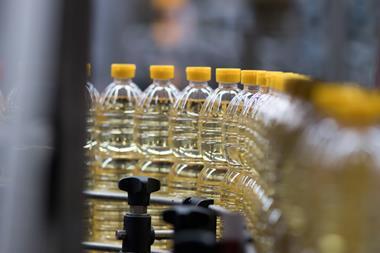
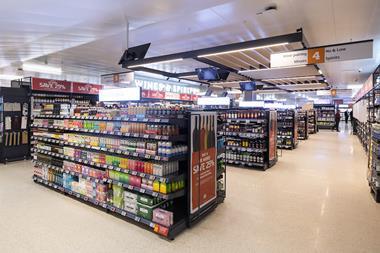
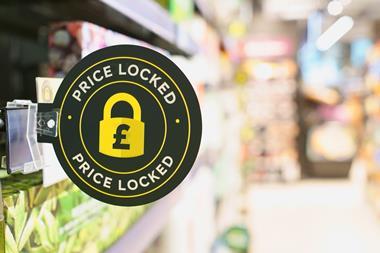



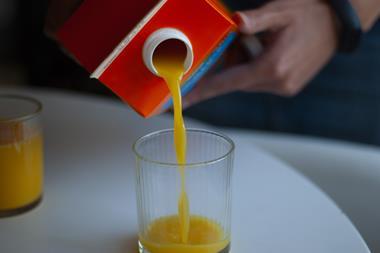
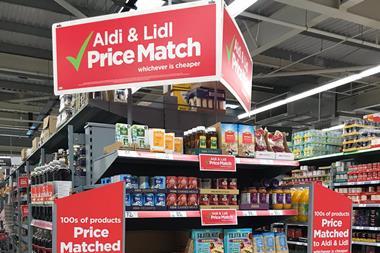
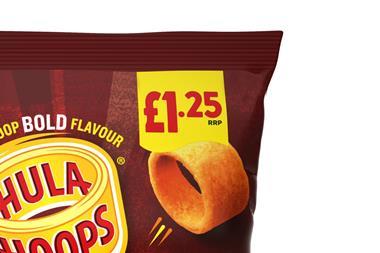
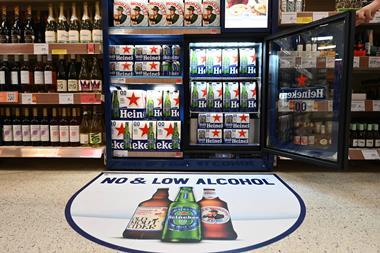
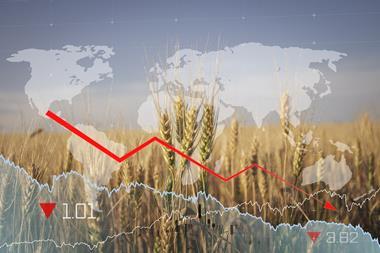
No comments yet